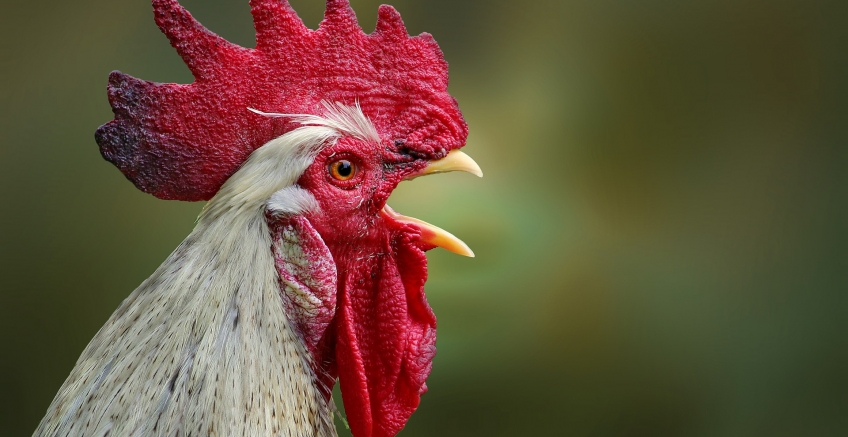Modern broiler processing plants process huge amounts of birds, with a large tonnage of feathers, offal, trims, blood, etcetera. Processing of this waste as a feedstuff will play a part in solving the world’s protein needs by producing more animal protein and recreating a price structure.
India is emerging as a hot spot in the food processing scenario. The huge production of agricultural produce along with the diverse animal resources has made the country one of top food producing countries in the world. Newer trends and processing technologies are being taking into account for this purpose. In this regard the meat and poultry processing industry is booming; especially poultry production and processing, as the growth rate of it is very high. To guarantee the safety of chicken meat for consumers, an organised processing industry is gradually emerging. Today the modern broiler processing plants have the potential to process 200,000 to 1,000,000 birds per day, therefore tonnage of waste material are also produced. All waste material go through a by-product operation to convert it into value added commodities. The by-products are generally converted into animal feed, which is produced by rendering (cooking) the waste materials in hygienic conditions. Currently, Feather Meal (FM) is an underutilised protein source. A major reason for the lack of use of this product is due to very little information existing regarding the nutrient content of the product and its convenience.
Rich in protein
The most important poultry by-product at a rendering plant is FM. Feathers are rich in protein content called keratin and constitute 7% weight of the live bird, therefore producing a considerable mass which can be converted to valuable meal. Feather meal is also an excellent source of escape protein. Raw feathers are relatively insoluble and have a very low digestibility of 5% due to the high keratin content and the strong disulphide bonding of the amino acids, but with the controlled technology available today, we are able to convert a relatively insoluble protein into a palatable and highly digestible protein source for mulching ruminants. To make FM digestible it must first be converted through a hydrolysis process. Hydrolysation is completed by cooking the feathers with steam. Hydrolysed feather contents 40% to 65% moisture. This moisture must be reduced to 8% for improving shelf life as an animal feed.
Why to use FM
Feather waste from the poultry processing industry can potentially be used as a protein source in animal feeding operations. Improvements in current processing methods that hydrolyse proteins in feathers to make them more digestible for non-ruminant animals have led to the availability of high-quality hydrolysed FM that could provide a viable economic livestock feed. The crude protein content of feather meal does not suffer from the demerits of anti-nutritional factors like other available counter parts. During the 50’s and 60’s there was considerable prejudice against FM as a result of its low and variable digestibility which at that time was a reflection of the processing conditions. However, a considerable amount of research was carried out by several workers which has demonstrated that FM is a useful protein supplement for inclusion in broiler diets too.
Source: https://www.poultryworld.net/health-nutrition/feather-meal-and-its-nutritional-impact/

